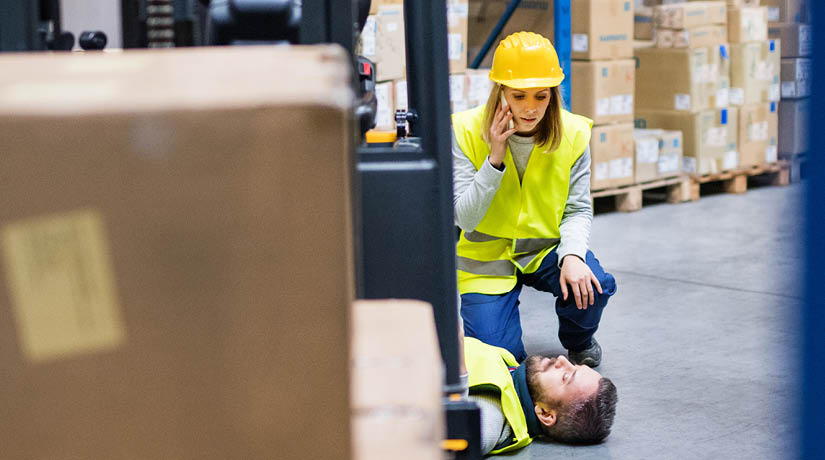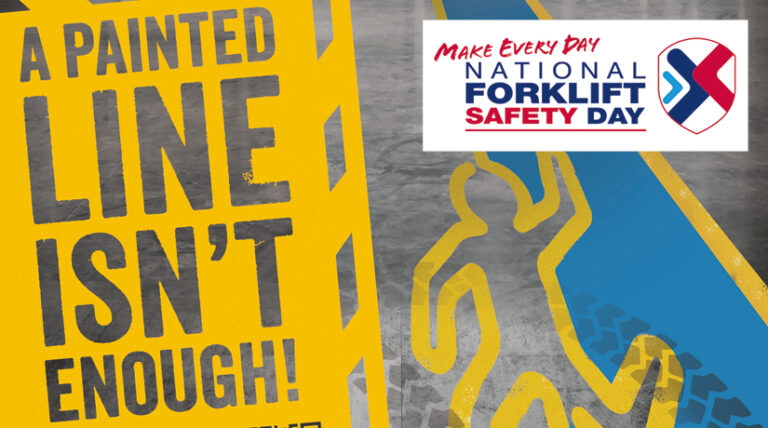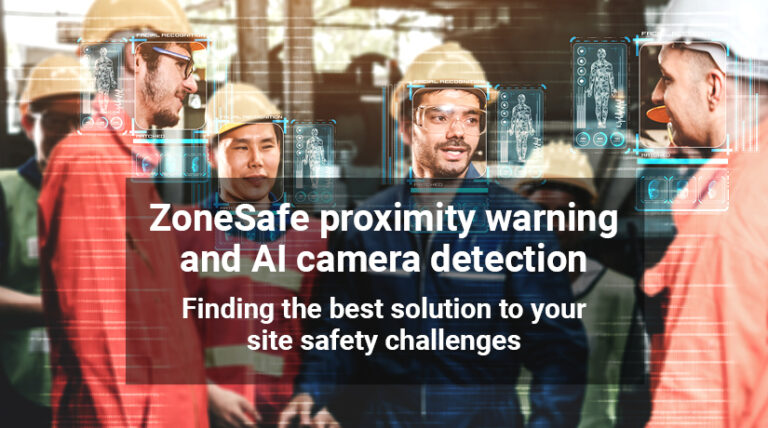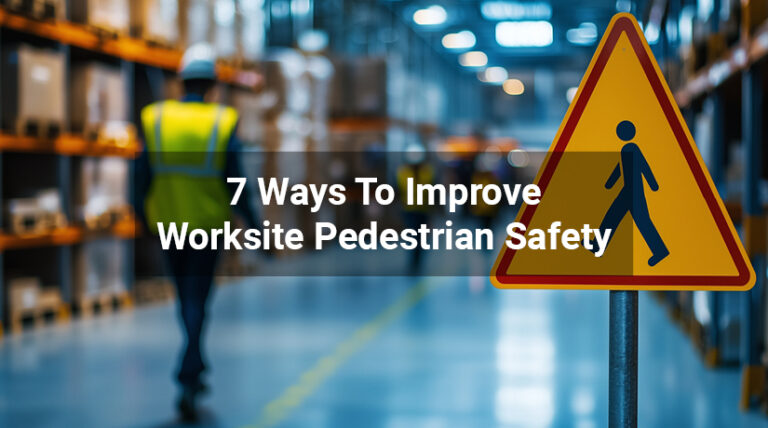During a recent presentation at the Safety and Health Exhibition held at ExCel London titled ‘Handling and managing the immediate aftermath of a serious incident,’ there were some interesting takeaways, especially discussions around forklift accidents. It seemed to be a popular subject, with more people than headsets available.
The presentation was quite an eye-opener. The speakers examined how organisations handle and manage the immediate aftermath following a serious incident and the huge impact this has on how the public, the regulator, and the courts judge them, particularly in cases involving forklift accidents at work.
The session also looked at how businesses can reduce the likelihood of immediate enforcement action, reduce the fee for intervention (FFI), manage corporate reputations, and how to effectively coordinate the regulatory investigation to ensure the best possible outcomes. In incidents involving accidents with forklifts, this coordination is crucial for a successful forklift accident investigation.
The primary advice emphasised the need to have the right people on the ground early, follow processes in the right way and manage internal and external communications. The key message was to get the process right, and you are more likely to emerge with your reputation and business intact. Effective management in the immediate aftermath of staff, the public, media messaging, and the regulator has wide-ranging benefits that last throughout any investigation including those related to a lift truck accident investigation, and in any subsequent court case.
It’s impossible to plan for all eventualities. Still, it is vital to be prepared and arm your organisation with the procedures and policies to support the workforce and the business following a major incident.
The presentation touched on several actions that will always be needed, and can be practised, prepared for, and planned. The top priorities would be securing prompt medical attention for those injured and making the area safe to prevent further harm. Beyond that, strategies deployed are likely to be much more effective when people know what to do and have a practised emergency plan to follow – just like a rehearsed fire drill makes life-saving emergency evacuations effective and routine.
The session also mentioned the importance of notifying RIDDOR and Insurers as soon as possible – it is crucial that any major incidents are reported promptly, and it’s important to note that associated fines go up considerably for unreported incidents.
A court case after a major incident can last a long time, and it is typical for a proceeding to last up to three years. Being prepared and taking preventative action is undoubtedly worth the time and investment.
HSE provides helpful advice for employers on what they need to do to comply with the law and reduce risks, such as transport safety guidance: A guide to workplace safety
How can we help reduce risk and improve site safety?
Every year, about 50 people are killed, and more than 5000 people are injured in workplace transport accidents (HSE). The most common causes are people falling from or being struck by a vehicle, objects falling from a vehicle, or vehicles overturning. This highlights the importance of thorough forklift accident investigations to prevent future incidents.
ZoneSafe enhances the safety of work environments by reducing the risk of accidental collisions between pedestrian workers, industrial vehicles, assets and hazards.
Reducing the risk of forklift accidents on your worksite has never been easier. Find out more about our pedestrian safety systems.




